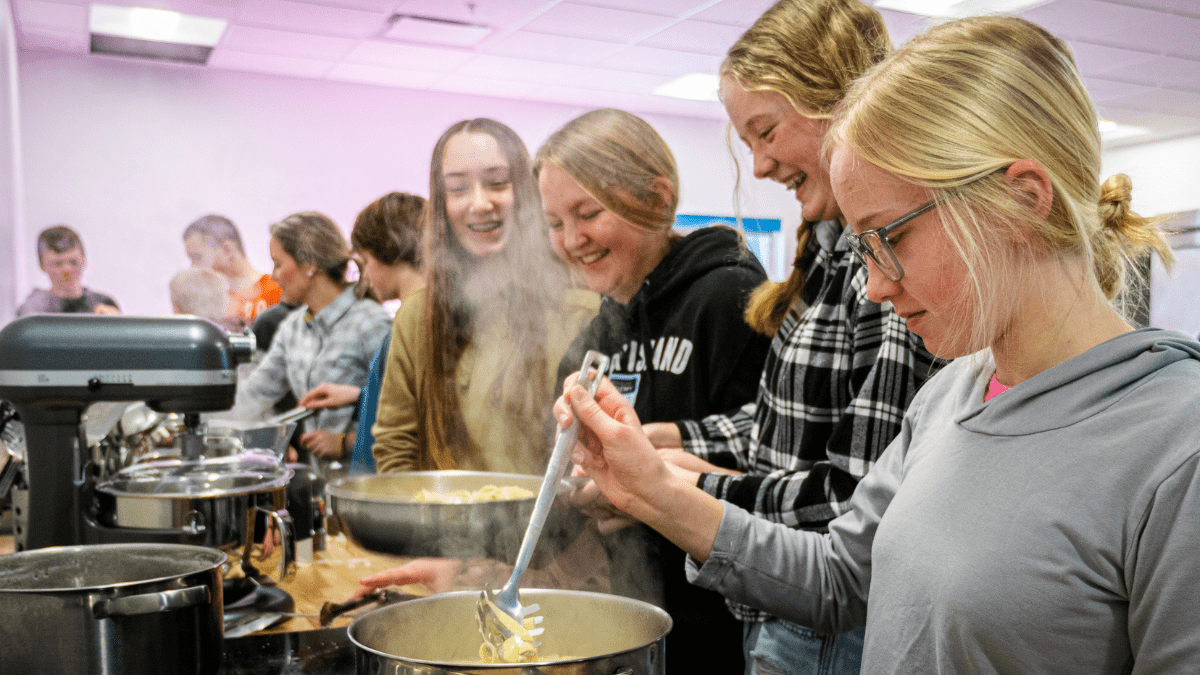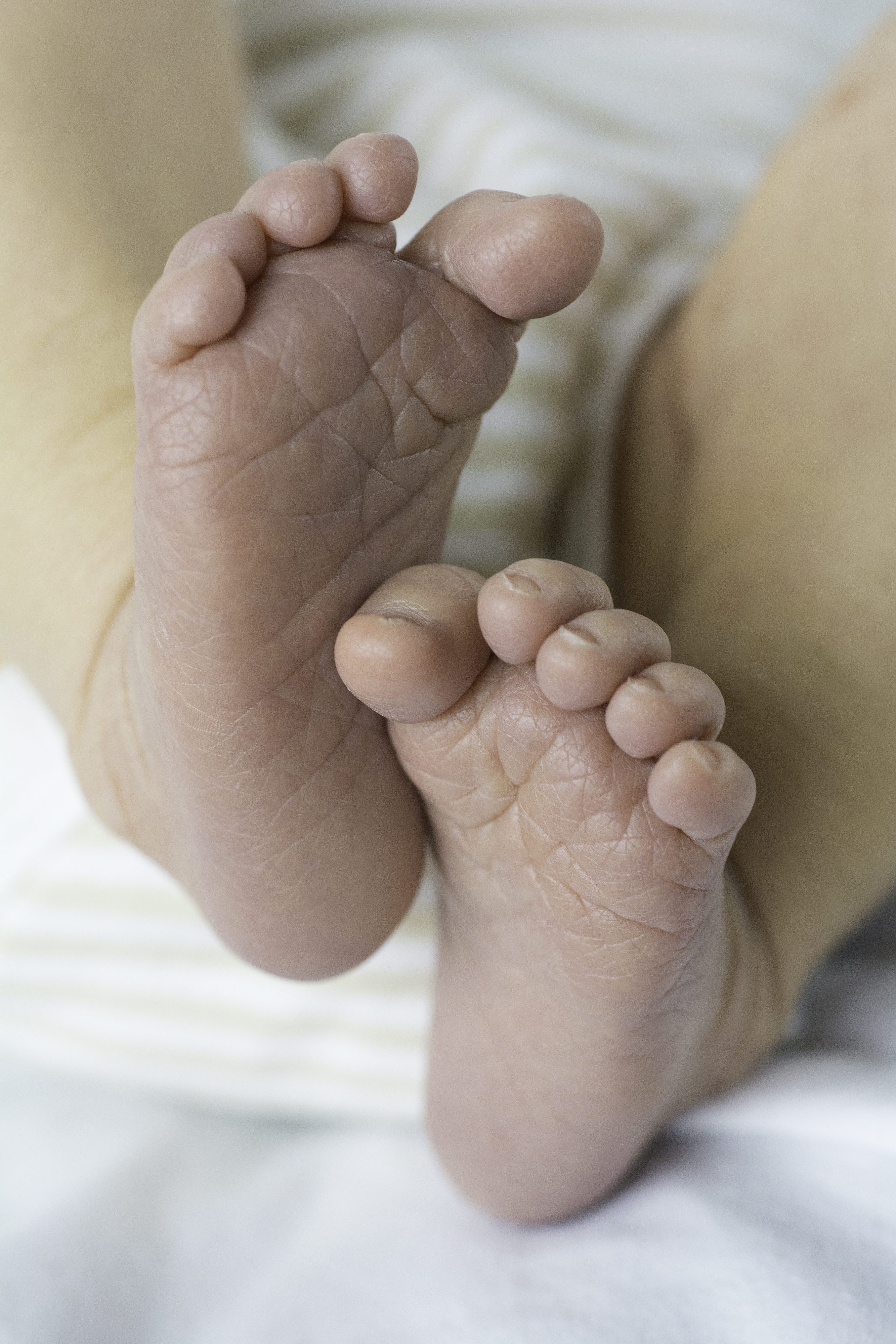When I taught in Helsinki, Finland, I loved dropping by my school’s home economics classroom. I would normally find middle school students working in teams, following recipes at separate kitchenettes around the room.
At the end of a typical lesson, they would wash dishes, clean countertops, and do the laundry just before sitting down to enjoy a meal. (On one occasion, I even joined them to cook tandoori chicken!)
Home economics is all about cultivating real-life skills in students. Finnish middle schoolers learn how to succeed in the kitchen, but they learn so much more than that. They learn teamwork, project management, and critical thinking skills too.
In Finland, students are required to take home economics in middle school. When offered as an elective, home economics is the most popular class among boys.
Sadly, this kind of real-world education has gradually disappeared from U.S. schools.
The American version of home economics is called Family and Consumer Sciences. Some states require coursework in FCS, but for the most part, it’s optional.
A national survey revealed that 3.4 million American students were enrolled in secondary-level FCS programs during the 2010-2012 school years. That figure represented a 38% drop in enrollment over the preceding ten years. (I’ve yet to see recent data suggesting the situation has improved in American schools.)
In the U.S., I had never witnessed anything like a Finnish home economics classroom until I visited Copper Island Academy—a K-8 school in Michigan that borrows best practices from Finland’s educational approach.
Earlier this year, I launched a blog series about this innovative school. Today’s post, based on Copper Island’s first YouTube video, explores the school’s emphasis on developing real-life skills in students. (I began a paid partnership with the school in January 2023.)
Culinary Arts at Copper Island Academy
In Finland, children wait until middle school to take home economics. Copper Island’s culinary program begins in kindergarten and lasts through eighth grade.
When I visited the school, I wanted to know why Copper Island would offer this program to young children—even 5-year-olds. Margaret Hanson, the culinary teacher, told me that starting early is essential.
“It’s like this lifelong bug,” she said, “that will be in there forever.”
At the K-2 level, children receive what Margaret calls “basic sensory education” during culinary arts. It’s a time to “spark joy around their own observations,” creating positive experiences around food through play and discovery.
Margaret often creates excitement in her classroom through a joyful activity. At the beginning of a lesson, she hands out brown paper bags containing the day’s mystery food. Then, Margaret leads her young students to make observations, using sensory words like “bumpy,” “sticky,” and “squishy.”
Inside the culinary classroom, students in grades 3-5 focus on applying knowledge and skills from other disciplines, including mathematics, science, and English language arts. For instance, students learn to divide and multiply recipes.
Last month, I visited Copper Island and saw middle schoolers harvesting the hydroponics system in the culinary classroom. The middle school students continually engage in service learning, growing vegetables for the school’s salad bar.
At Copper Island, middle schoolers receive many opportunities to level up their cooking abilities. “(I)f this is the only cooking class they get,” Margaret said, “I want them to become curious chefs and intuitive chefs.”
On one of my early trips to the school, I observed middle school students delicately preparing meringue cookies. The next time I visited, I found them making pasta. At the conclusion of that lesson, the middle schoolers sat down to enjoy the meal with their teammates (similar to what I observed at my Helsinki school).
Beyond Cooking Skills
Like home economics in Finland, Copper Island’s culinary program provides students with a skill set that extends beyond the ability to whip up a tasty meal.
“These are skills that you don’t realize that you use many times a day,” Margaret said, “that are really never taught to you directly . . . skills like washing dishes, grocery shopping, (and) how to know when food is fresh.”
In addition to its culinary program, Copper Island offers STEM (science, technology, engineering, and mathematics) and studio education programs. All these programs equip students with real-life skills through hands-on learning.
In my next post, I will focus on Copper Island’s studio class, which draws inspiration from Finland’s woodwork and textile programs. Not only do children pick up technical skills in the studio classroom, but they also develop sisu. (Sisu is a Finnish word, which roughly translates to grit or resilience.)
This spring, I’m creating a video series about Copper Island Academy. Watch the first episode to see the school’s culinary program in action, and subscribe to follow the series on YouTube!
***
Tim Walker is an American teacher, writer, and speaker based in Milford, Connecticut. He is the author of Teach Like Finland: 33 Simple Strategies for Joyful Classrooms. Inspired by his work in Finnish schools, Tim speaks internationally about play, trust, and joy in education. He also writes about global educational practices at teachlands.com. Reach Tim Walker at tim (at) taughtbyfinland.com.
Follow Taught by Finland on Facebook to learn more about Finnish education.




2 Comments
Nice article on an innovative and enjoyable school.
Retired teacher here-46 years. If I could teach at CIA, I would teach again. I am so satisfied and happy that my granddaughter attends CIA! It was the right decision to send her there.